Introduction
Frying shrimp, or “shrimp frying,” as it’s colloquially known, is a culinary delight that transcends cultural boundaries. From the crispy, golden-brown exterior to the tender, flavorful interior, perfectly fried shrimp can elevate any meal from ordinary to extraordinary. Whether you’re a seasoned chef or a home cook eager to impress, mastering the art of frying shrimp requires attention to detail, the right ingredients, and a bit of finesse. This comprehensive guide aims to demystify the process, ensuring that your next shrimp frying adventure results in a plateful of mouthwatering perfection.
Section 1: Understanding the Basics
Before diving into the specifics of frying shrimp, it’s crucial to grasp the fundamental principles that govern successful frying. Frying is a cooking method that involves immersing food in hot fat, typically oil, to cook it rapidly and achieve a crispy exterior. The key to successful frying lies in maintaining the correct temperature, choosing the right oil, and ensuring even cooking.
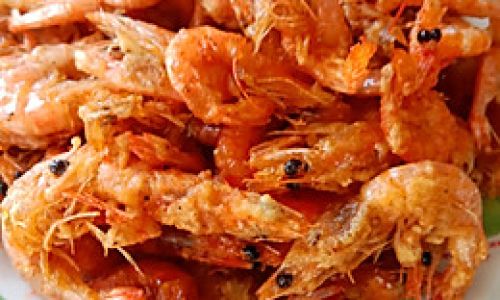
1 Selecting the Right Shrimp
The quality of your shrimp is paramount. Look for fresh or frozen shrimp that has a firm texture, a slightly sweet aroma, and a translucent appearance when raw. Size matters too; medium to large shrimp are ideal for frying as they offer a balance between crispiness and flavor. When purchasing frozen shrimp, ensure they are thawed properly in the refrigerator to avoid moisture build-up that can lead to soggy results.
2 Choosing the Oil
The type of oil you use can make or break your fried shrimp. Neutral oils like canola, peanut, or grapeseed are excellent choices because they have a high smoke point, meaning they can reach high temperatures without burning. Olive oil, while delicious, has a lower smoke point and may not be ideal for deep-frying. Avoid using oils with strong flavors, as they can overpower the delicate taste of shrimp.
3 Preparing the Equipment
A deep fryer simplifies the process but is not essential. A heavy-bottomed pot with a capacity large enough to fully submerge the shrimp without overcrowding is a suitable alternative. A frying thermometer is invaluable for maintaining the correct oil temperature, typically between 350°F to 375°F (175°C to 190°C). A slotted spoon or frying basket helps to safely lower and remove the shrimp from the hot oil.
Section 2: Preparing the Shrimp
Proper preparation is the cornerstone of successful shrimp frying. This involves cleaning, seasoning, and, optionally, breading the shrimp to achieve the desired texture and flavor.
1 Cleaning the Shrimp
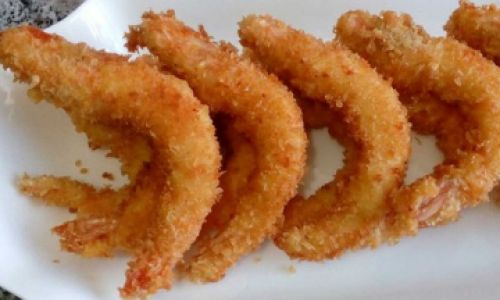
If using fresh shrimp, peel and devein them. This involves removing the shell, tail (if desired), and the intestinal tract, which runs along the shrimp’s back. For frozen shrimp, follow the thawing instructions and proceed with peeling and deveining if necessary. Pat the shrimp dry thoroughly with paper towels to remove any excess moisture, which can cause splattering and ensure even frying.
2 Seasoning
Seasoning your shrimp before frying adds layers of flavor. A simple blend of salt, pepper, and a pinch of garlic powder or paprika can elevate the taste. For more complex flavors, consider marinating the shrimp in a mixture of olive oil, lemon juice, garlic, and herbs for 30 minutes to an hour before frying.
3 Breading (Optional)
Breading shrimp adds a delightful crunchy exterior. You can use a simple flour dredge, a cornstarch and flour mixture for extra crispiness, or a more elaborate breading process involving eggs and breadcrumbs or panko crumbs. For a gluten-free option, almond flour or rice flour can be used.
- Flour Dredge: Lightly coat the shrimp in seasoned flour, shaking off any excess.
- Cornstarch and Flour Mix: Combine equal parts cornstarch and flour, seasoned with salt and pepper. Dredge the shrimp in this mixture for a lighter, crispier coating.
- Breadcrumb Method: Dip shrimp in beaten egg, then coat with seasoned breadcrumbs or panko. Press lightly to ensure the breading adheres.
Section 3: The Frying Process
Now, it’s time to put all your preparations to work and fry your shrimp to perfection.
1 Heating the Oil
Pour enough oil into your pot or deep fryer to fully submerge the shrimp. Heat the oil to the desired temperature, usually between 350°F to 375°F (175°C to 190°C). Use a frying thermometer to monitor the temperature accurately.
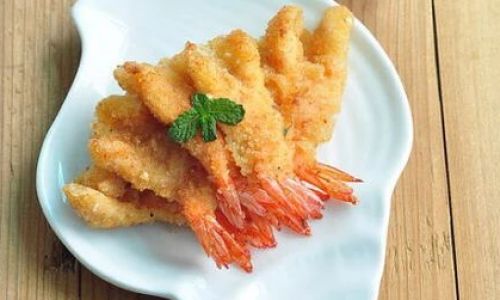
2 Frying the Shrimp
Working in batches to avoid overcrowding, carefully lower the shrimp into the hot oil using a slotted spoon or frying basket. Fry for about 1 to 2 minutes, or until they turn golden brown and float to the surface. The exact timing depends on the size of the shrimp and the desired level of crispiness.
3 Draining and Serving
Once done, remove the shrimp from the oil with a slotted spoon and let them drain on paper towels to remove any excess oil. This step is crucial for achieving a crispy final texture.
Section 4: Enhancing Your Fried Shrimp
While fried shrimp on its own is a delightful treat, there are several ways to elevate it further.
1 Dipping Sauces
Serve your fried shrimp with a variety of dipping sauces to cater to different tastes. Tartar sauce, cocktail sauce (a blend of ketchup and horseradish), remoulade, or a simple mix of lemon juice and mayonnaise are all excellent choices.
2 Garnishes
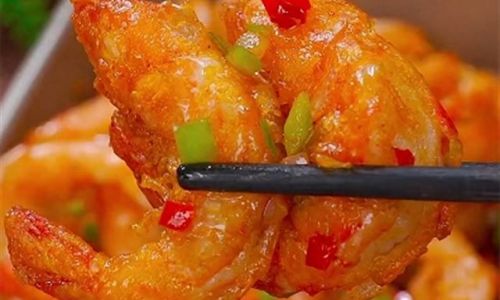
Adding fresh herbs like parsley, chives, or cilantro can brighten up the dish. A squeeze of fresh lemon juice or a sprinkle of grated lemon zest adds a refreshing citrus note.
3 Accompaniments
Pair your fried shrimp with sides that complement its flavor. Fries, rice, or a fresh green salad are classic choices. For a more sophisticated meal, consider serving it with a side of roasted vegetables or a bed of lemony arugula.
Conclusion
Frying shrimp is an art that combines science, technique, and creativity. By following the guidelines outlined in this guide, you’ll be well-equipped to produce shrimp that are crispy on the outside, tender on the inside, and bursting with flavor. Remember, practice makes perfect, and each batch you fry is an opportunity to refine your skills and explore new flavors. So, don your apron, heat up the oil, and embark on a journey to create the best fried shrimp you’ve ever tasted. Happy frying!

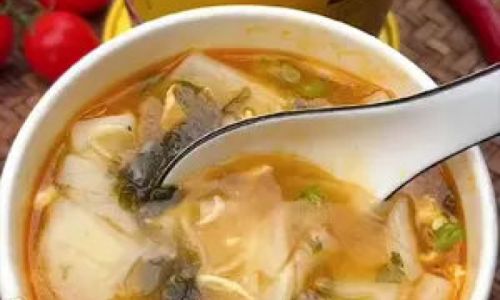
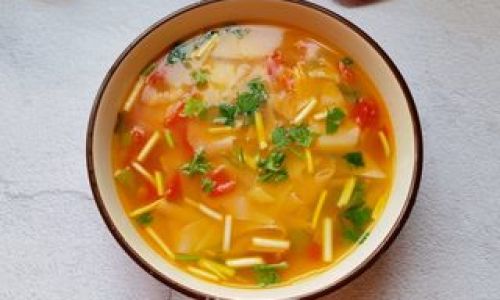
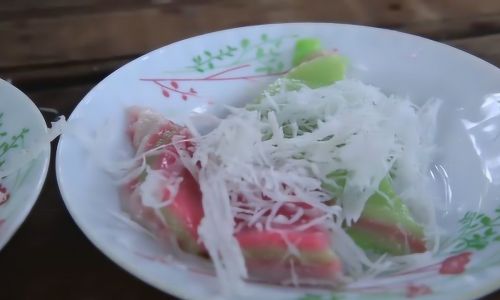
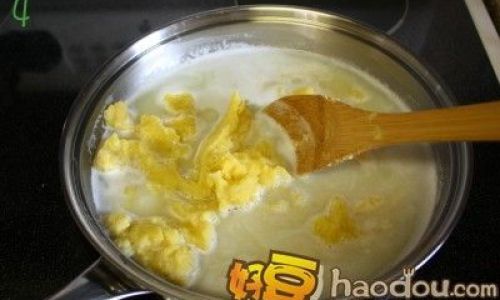
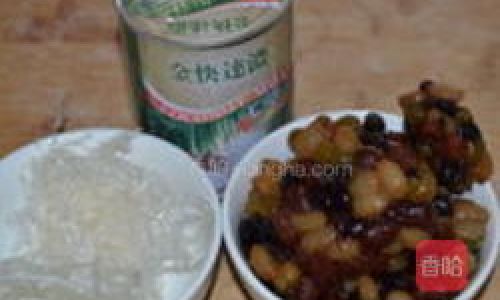
0 comments